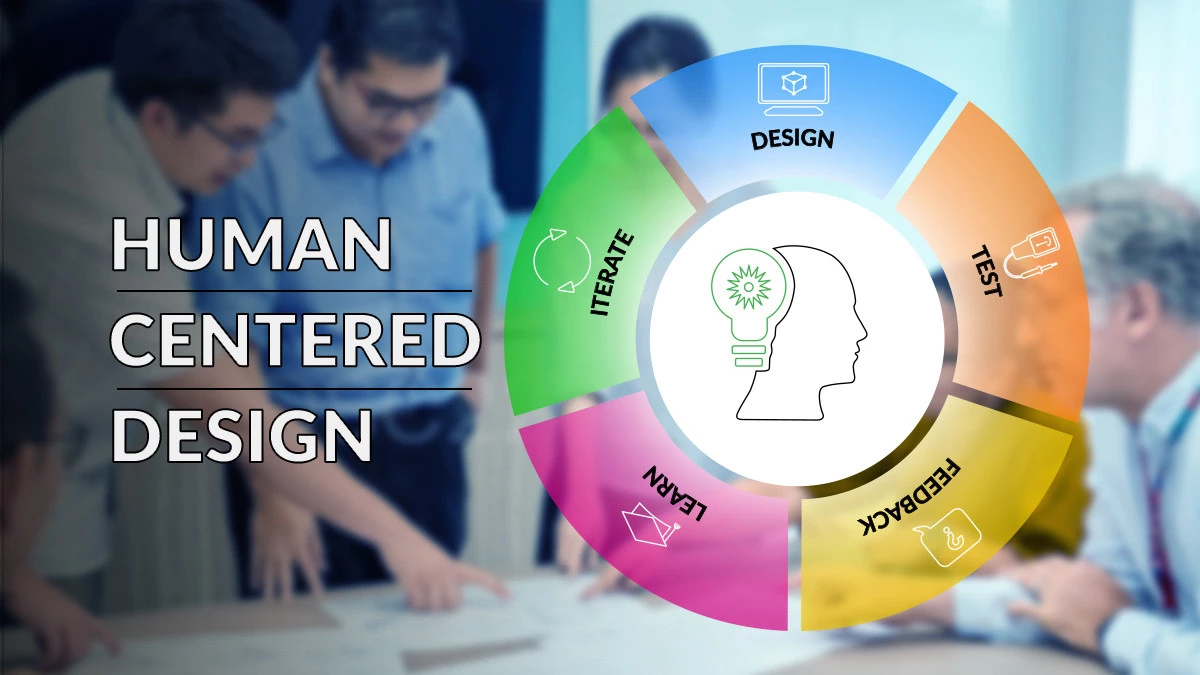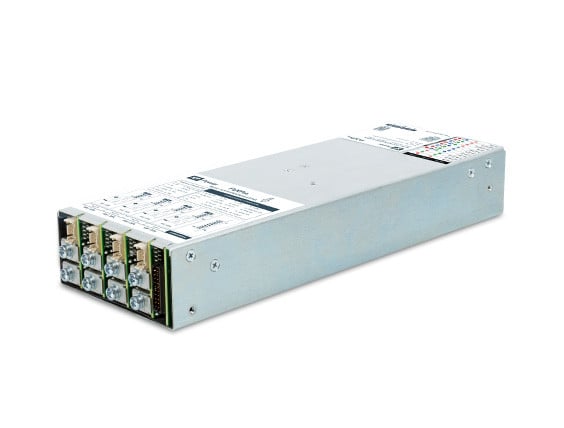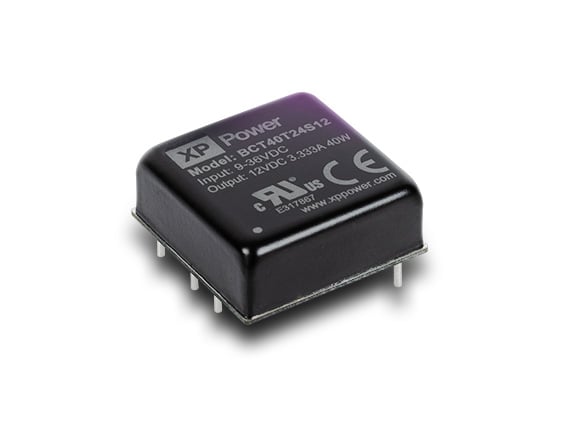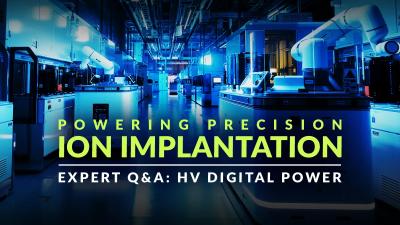
What difference does thoughtful design make to power supply efficiency? Our Vice President of Product Management explains.
OVERVIEW:
- Real-world considerations are key to successful design
- If products aren't easy to use, customers will look elsewhere
- Human-centered design focuses on usefulness and usability
- We think about HCD whenever we're solving your power problems
What causes over two-thirds of electronics goods to be returned because customers think they are broken or don’t work properly?
The answer is that many products are not straightforward to use. They aren’t intuitive, and they don’t work the way the customer expects them to.
Take your mobile phone as an example. Let’s say you want to perform a simple action, yet you can’t seem to work out how to do it. Chances are you’re going to get frustrated pretty quickly because it doesn’t seem to work as it should. This is a classic example of how a product designer may believe something is obvious, but has never really tested it with real-live users, who may think in a completely different way.
In fact, most mobile phone manufacturers have thousands of engineers dedicated to designing and testing their products to make them easy to use, because if it’s not, their customers will quickly find an alternative – one with that ‘X-factor’ that customers value and will pay for.
Human centered design defined
The technique of making products easy to use is known as ‘human-centered design’ (HCD). It’s based on the idea that designing a successful product not only relies upon its functionality, but also the needs, desires, and environment of the people that the product is being designed for.
It is more than just a set of development tools and design principles, though. HCD can be characterized as more of a design philosophy that is grounded in the elements of curiosity, empathy, visual expression, and consistent iteration – the drivers to design, test, gain feedback, learn and iterate.
A good analogy for HCD is that of a four-legged table. If a product is to work and have the potential to be successful, then it needs to have four basic elements (i.e., legs). It needs to be:
- Affordable
- Reliable
- Useful
- Usable
What HCD does is focus on the usefulness and usability aspects of that product. In other words, it provides two of the four legs that the product needs to be successful. A product that is lacking in usefulness or usability is like a two-legged table – it is unstable at best and isn’t going to stand up for long!
What does this mean in practice? Well, apart from the product functionality itself, HCD mitigates new product launch risks, lowers overall development costs, tames user complexity, and promotes collaboration through the entire product lifecycle. As a result, at XP Power, we have adopted this approach in the design and manufacture of all of our products.
HCD and power supplies
HCD isn’t just limited to consumer products, like your laptop or TV remote control.
The end user of a power supply (such as a design engineer) and their individual needs might be different, but the requirement for a product that is easy to use and interact with is just as vital as someone sitting in their TV room trying to work out how to change the channel.
At XP Power, we have been analyzing the different steps that a power supply typically goes through when being engineered into an end product – optimizing its design and feedback to make it easy to interact with. Whether it’s at the initial investigation phase, the specification evaluation, EMC testing or integrating a power solution into the final application, HCD is considered throughout.
With all these benefits being available, it seems reasonable to ask yourself the question: “If my current power supply isn’t easy to use throughout its entire lifecycle, why am I using it?”
Want to know more about our thoughtfully designed range of leading power products? Contact us - we will be happy to help you.








